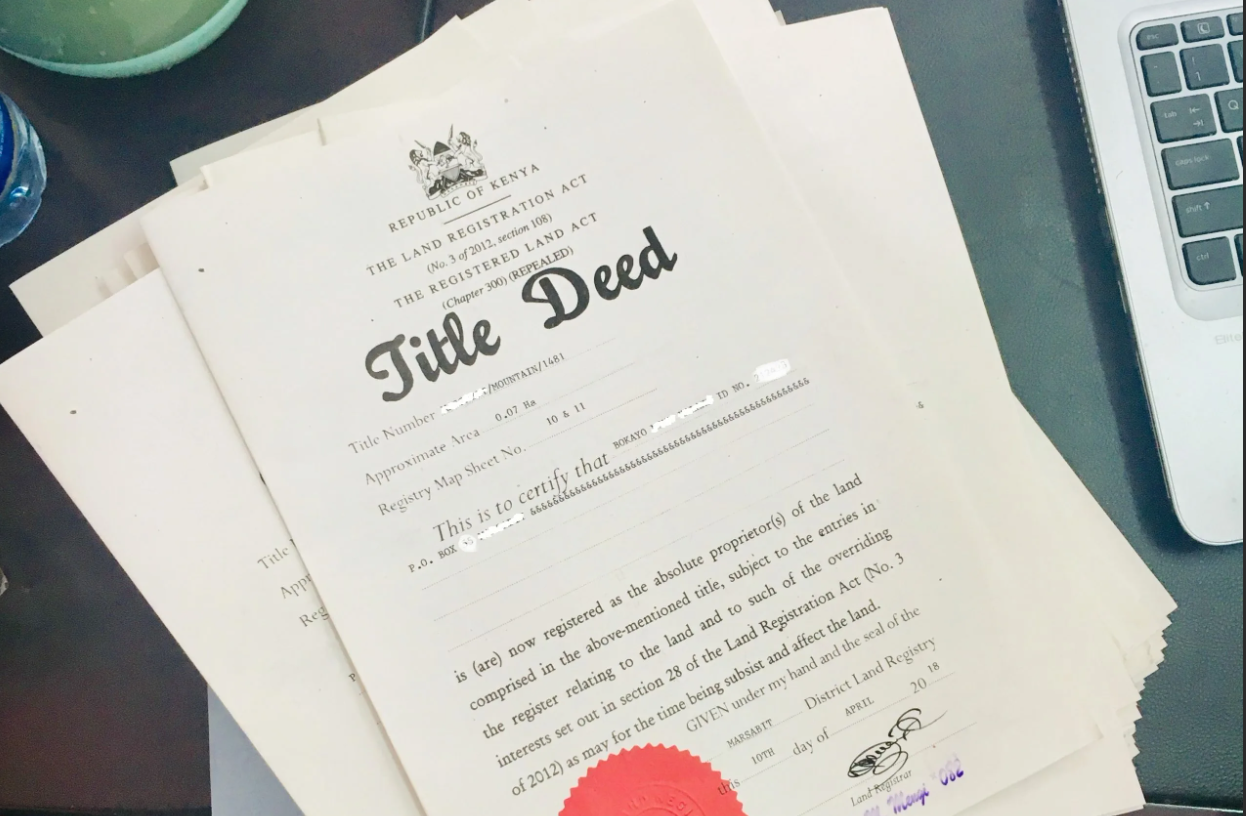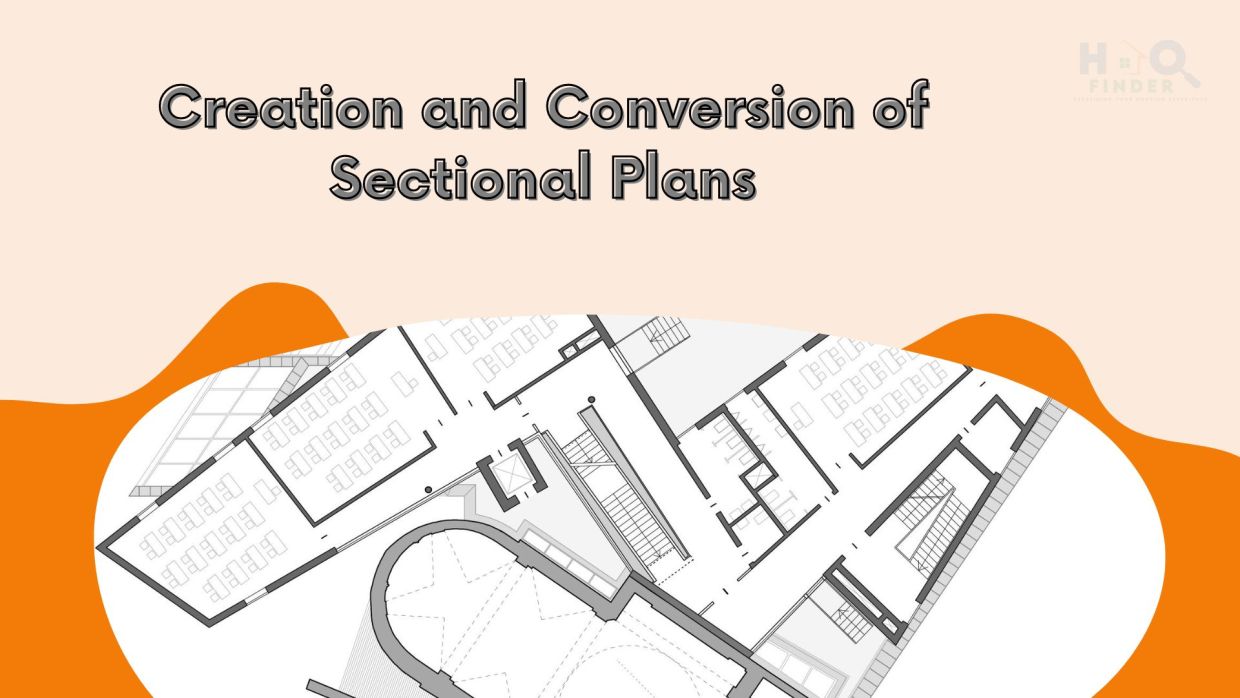Your Complete Guide to Sectional Title Ownership: Creating, Converting, and Complying in Kenya
Introduction:
Welcome to the second part of our series on sectional title ownership in Kenya. In this blog, we delve into the creation of sectional plans and the concrete steps to obtain them, providing a comprehensive guide to navigating the process. Additionally, we explore the crucial conversion of existing sub-leases into sectional titles, ensuring compliance with the Sectional Properties Act, 2020, and avoiding penalties.

The Creation of Sectional Plans in Kenya
To initiate the process of obtaining sectional titles for properties, the first step is the registration of a sectional plan. A licensed surveyor draws up this plan, which must be lodged alongside an application for the registration of the corporation responsible for managing the common areas within the estate or development. Additionally, a list of all unit owners in the estate must be included. The sectional plan should be based on the County Government-approved building plans used during construction.
To register the sectional plan for each unit in the estate development, official fees are required. Upon payment, a certificate of title is issued for each unit, indicating its share in the estate land or common property. The previous register for the estate land, or the Mother Title, is closed, and any existing interests are transferred to the registers for each unit. This process ensures each unit is treated as a separate parcel of land for rate and ground rent assessments by the rating authority.
Understanding Sectional Plans: A Comprehensive Overview
A sectional plan is a detailed drawing representing the entire parcel of land on which the sectional housing units or estate is erected. It includes a block plan illustrating the estate development's general layout, boundaries, locations of registered exclusive use areas (if any), beacons, measured distances, a floor plan showcasing each unit, and details of common property areas such as walkways, stairwells, and service rooms.
For a sectional plan to be valid, it must have a clear heading, details of the parcel of land, the number of units, the user of the units, and other prescribed details. The surveyor must provide a statement confirming that the buildings or units in the plan are within the referenced parcel of land. The County Government must also certify that the buildings comply with its approved plans, and the Director of Surveys must sign and seal the sectional plan.
Penalties for Non-Compliance with the Sectional Properties Act
Failure to comply with the Sectional Properties Act can result in penalties. A general fine of KES 250,000.00 applies to any person contravening the Act, including board members of the corporation when it is in default. Additionally, developers and homeowners should be aware that creating developments without registering sectional plans and selling or renting premises without sectional plans may lead to a hefty fine of KES 20,000,000/= or imprisonment of one year.
Current Developments and Implementation of the Act
As of 9th May 2021, the Cabinet Secretary for the Ministry of Lands and Physical Planning issued a notice expressing the intention to discontinue registration of long-term leases, encouraging the implementation of the Act. The deadline for conversion of long-term sub-leases into sectional titles is December 2022. Despite challenges, the Ministry now issues sectional titles under the Sectional Properties Act, 2020.
Conversion of Existing Sub-Leases into Sectional Titles
Section 13(2) of the Sectional Properties Act mandates the review of all existing long-term sub-leases of apartments, flats, maisonettes, townhouses, or offices to align with the Act within two (2) years from December 2020. This requires converting long-term sub-leases into sectional titles, replacing the previous sub-leases. The conversion process can be initiated by developers, management companies, or individual owners, and the registrar has the authority to dispense with the production of the original title for conversion purposes.
Conclusion: Navigating the process of obtaining sectional titles and converting sub-leases is paramount for developers, homeowners, and management companies in Kenya. By following the proper steps and complying with the Sectional Properties Act, individuals can secure legal ownership and effective management of their properties. Stay informed and seek professional assistance to ensure a smooth and successful transition.


